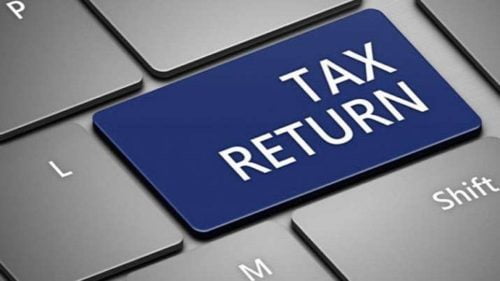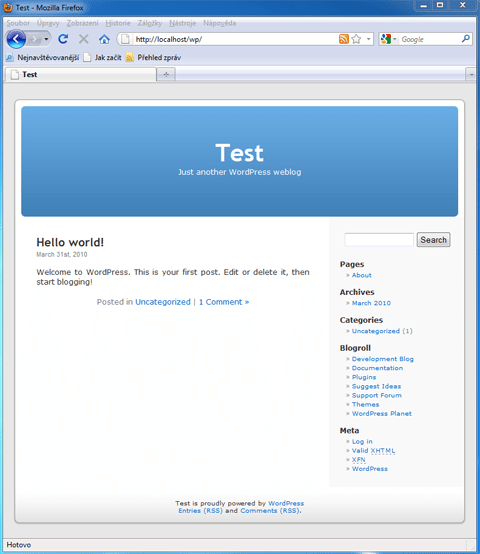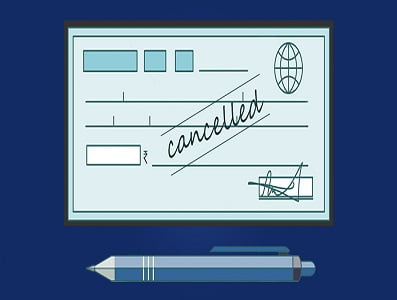
The government has the authority to levy an income tax on businesses and individuals depending on their yearly revenue. Those who owe taxes are required by law to submit an income tax return. The amount of income tax an individual must pay is usually inversely proportional to that person’s earnings.
To meet its many duties, operate public services, and offer commodities to its citizens, the government collects income tax as an important source of funding. Certain investments are free from income taxes as determined by the government.
In this piece, we’ll discuss how businesses and individuals can get an income tax refund. Let’s dive in.
Also Read All You Need To Know About Business Loans And Taxes
What is Income Tax Refund?
Table of Contents
The income tax refund is the process by which businesses and individuals can reclaim money that they paid over their tax obligations. As soon as you submit a claim for a refund, income tax officials calculate how much money you’ll be able to claim.
The refund process can take up to 3 months to process. In some situations, your income tax refund might be delayed. The reasons for this delay vary from your bank account information being incorrect/outdated/closed, your tax refund claim being assessed, or there is a delay in applying for a tax refund.
Cases Where Taxpayers Can Claim an Income Tax Refund
- Tax deductions are often made by the employer after considering different documentary proofs submitted by an employee, for example, Section 80C investments, medical insurance premiums under Section 80D, or similar. As a result, the employer may withhold more money from an employee’s paycheck if they fail to provide proof of these assets before the year’s end. Despite this, the employee might seek a refund for the additional taxes he or she paid as a result of this investment when completing his or her tax returns.
- In the present fiscal year, you might get a tax refund for outstanding income tax adjustments from the preceding fiscal year.
- If you’ve already filed your income tax returns, you’re entitled to an income tax refund because your tax due is reduced after computing authorized deductions.
- If your employer has so far collected income tax (TDS) and you haven’t claimed your Section 80C deductions, investments, or costs that qualify for a tax break, you have the right to file for an income tax refund.
- When an individual is a citizen of one nation yet receives money from a different country, this problem can develop. For non-resident Indians who have income that is subject to taxation in other countries, India has agreed to a Double Taxation Avoidance Agreement (DTAA) that allows for tax refunds under certain circumstances. Under the terms of this DTAA agreement, all overpayment of tax can be sought as a refund.
- You can get a tax refund if you discover that you have paid more taxes than you are obligated to by submitting an ITR with the Income Tax Department.
Also Read: Why Income Tax Return Filing Is Important
How Much Tax Refund Can a Taxpayer Get?
To verify whether a taxpayer is qualified for a refund after filing his tax return and claiming it, the tax department reviews the return and sends the taxpayer an intimation from the Centralised Processing Centre (CPC) under Section 143(1) of the Income Tax Act. The refund may be equal to or greater than the amount stated on the tax return, depending on the evaluation made by the Income Tax Department. Taxpayers are entitled to a return of this amount if they meet all the requirements.
How to File an Income Tax Refund?
Tax refund claims follow a similar procedure to tax returns. However, you must make sure that you have e-verified your ITR within 120 days of filing your tax filings to receive a refund. If this is not the case, your ITR and reimbursement will be halted.
What is e-Verification?
When a taxpayer files an ITR online, an Electronic Verification Code (EVC) is delivered to the taxpayer’s registered phone number to authenticate the taxpayer’s identification. Using the Income Tax Department’s e-filing system, you can generate an EVC.
Returns picked up by the department’s computer software are assessed as quickly as possible. E-verification generally requires 40 to 45 days to be processed. Email and mobile notifications will be sent to your registered email address and phone number by the Income Tax Department before you receive your tax refunds. To ensure that you receive your income tax refund on schedule, you must first pre-validate your bank account.
Also Read: Best Tax Saving Practices For Shop Owners
Checking the Income Tax Refund Status in 2022
There are two ways to check the status of your income tax refund:
1. Go to TIN-NSDL website
2. Log in on the e-filing site
TIN-NSDL
- Go to https://tin.tin.nsdl.com/oltas/refundstatuslogin.html, the official portal for checking your tax refund filing status
- Provide your PAN number, select the appropriate year, and verify the Captcha code.
- Once you go through the Captcha verification and click ‘Submit’, you can check your income tax refund status by clicking on ‘Proceed’.
E-filing Site
- Log in with your User ID and Password at https://www.incometaxindiaefiling.gov.in/home.
- On the homepage, select “View Returns/Forms” from the drop-down menu. Choose “Income Tax Return” from the drop-down menu.
- If you choose this option, a comprehensive list of all your tax returns will be generated.
- Select the Acknowledgement Number from the drop-down list to begin the process.
- It is possible to find out everything you need to know about filing an income tax return by using this number.
- Once the IT Department processes the refund, it usually takes up to 10 days for the income tax refund to get deposited into your account.
Also Read: Tax Saving – Best Practice For E-Commerce Sellers
Closing Thoughts
Cross-check your bank account details twice to ensure that there are no mistakes. Verify your mailing address with the Income Tax Department to get a check for a tax refund. To expedite the filing of your income tax refund, file your ITR on or before the deadline. Download your form 26AS and make sure that the excess tax paid is indicated on 26AS.





